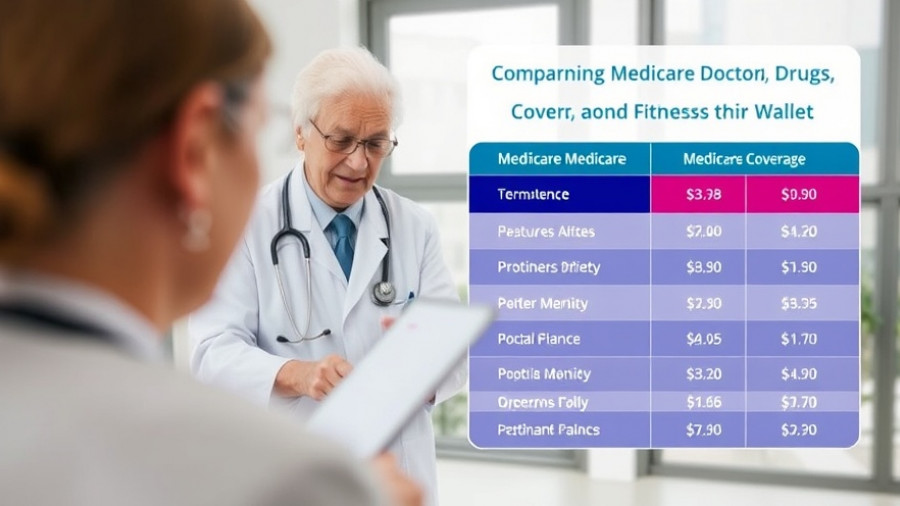
Rediscovering Play: Why It Matters for Seniors
Engaging in play isn’t just for children; it holds significant benefits for seniors, enriching physical, mental, and social aspects of life. As we age, finding joy in activities can be a challenge, but integrating play into daily life is essential for boosting mood, reducing stress, and enhancing cognitive abilities. These activities offer more than fun; they create valuable connections with friends and family.
1. Embracing Digital Play: Video Games Are for Everyone
When we think of video games, images of young kids often come to mind. However, a growing trend among seniors has revealed gaming as a fantastic tool for relaxation and mental engagement. With games like story-driven adventures, word games, or even simulation games—seniors can dive into immersive experiences that keep them engaged and entertained.
2. Mental Workouts: Cognitive Games for Sharp Minds
Playing doesn't always require physical movement; many cognitive and brain games designed for seniors can sharpen mental skills. Engaging in memory challenges and word puzzles can be both stimulating and enjoyable, proving that exercise can come from a different outlet altogether. Websites and apps offer plenty of options to fit into their daily life effortlessly.
3. Classic Puzzles: Sudoku and Crossword Fun
Sudoku and crossword puzzles have remained popular for good reasons. These activities blend logic with relaxation and are readily accessible in newspapers, apps, or puzzle books. They provide not only a sense of achievement but also cognitive benefits that keep reasoning skills active, making them a perfect pastime.
4. Interactive Learning: Online Trivia Games
Online trivia games are perfect for sparking conversations and fostering learning while having fun. Covering a wide range of topics, trivia games engage players in friendly competition, allowing them to connect with others over shared interests while keeping the brain active.
5. Timeless Joys: Card and Board Games
Classic card and board games like solitaire or Monopoly create an opportunity for conversation and connection. Digital formats enhance accessibility, making it easy for seniors to enjoy these games solo or with friends. Hosting a game night is an excellent way to build social connections while engaging in a little friendly competition.
6. Art and Craft: Creative Expression
Engaging in arts and crafts can be a beautiful form of play. Whether it’s painting, coloring, or crafting, these activities not only foster creativity but also offer therapeutic benefits that help reduce stress. With many digital options available, creating art can be hassle-free, allowing seniors to unleash their creativity without the worry of mess.
7. The Importance of Play in Everyday Life
Incorporating play into daily routines is not just a luxury; it’s a valuable investment in health and happiness. As seniors explore these playful avenues, they can rejuvenate their spirits, strengthen their bonds with loved ones, and enhance their overall well-being. To fully experience life, don’t hesitate to embrace your playful side!
 Add Row
Add Row 

 Add
Add 


Write A Comment